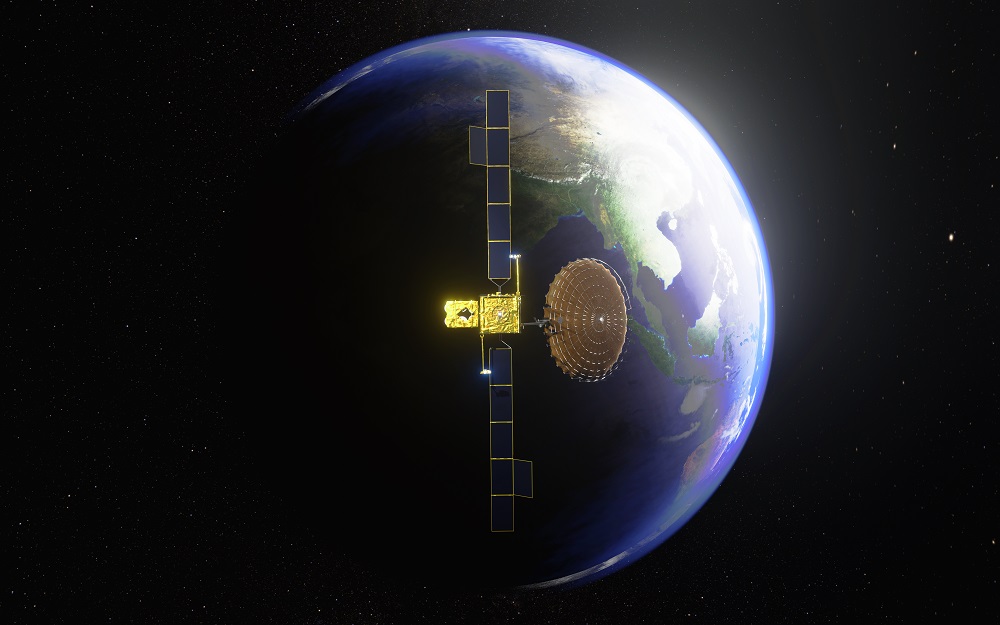TAMPA, Fla. — Viasat is in the early stages of exploring how to use L-band spectrum from newly acquired Inmarsat to connect consumer devices directly from space, including potentially from small satellites in low Earth orbit (LEO).
“We are still exploring what our roadmap and execution plan should be,” Viasat president Guru Gowrappan said in an interview Aug. 10, “but it’s an important priority.”
Gowrappan said buying Inmarsat in May gave Viasat the largest global swathe of coordinated L-band spectrum, which he sees as a critical component for expanding in an emerging market for direct-to-device services.
Smartphones launched earlier this year by British ruggedized handset maker Bullitt use Inmarsat’s existing satellites in geostationary orbit (GEO) to send and receive text messages outside cellular coverage.
However, most of the phones Inmarsat currently connects via L-band are specialized devices with bulky antennas.
Many new ventures looking to realize a direct-to-device market that is being pioneered by Globalstar’s partnership with Apple are planning satellites in LEO, which promises lower latency services.
Viasat chair and CEO Mark Dankberg said in February that the operator is considering direct-to-device services using satellites in geostationary and non-geostationary orbits, including by potentially partnering with another operator.
Dankberg said during Viasat’s Aug. 9 earnings call that the company remains optimistic about the potential for direct-to-device services, and is working on addressing the market from multiple perspectives.
A growing market for connecting standard consumer devices directly to satellites will also increase demand for more bespoke mobile terminals, he added, needed to support higher bandwidth applications.
The direct-to-device market is “going to play out over several years,” according to Dankberg.
Gowrappan declined to discuss the options Viasat is considering, but said the company is closely watching evolving smartphone chip standards that will be important for delivering higher bandwidth services from space.
Viasat’s foray into direct-to-device comes as the company wrestles with an antenna failure that could ultimately sideline its recently launched ViaSat-3 Americas GEO broadband satellite.
The “anomaly has our attention but it doesn’t define us,” Gowrappan said, pointing to how its Inmarsat acquisition has helped diversify the group’s offerings far beyond fixed broadband services.
